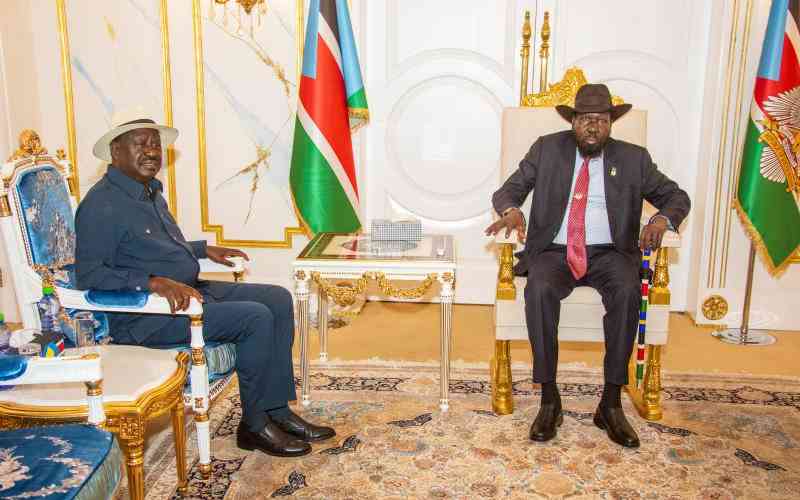The Humanitarian Situation Update is issued by OCHA Occupied Palestinian Territory twice a week. The Gaza Strip is covered on Tuesdays and the West Bank on Thursdays. The Gaza Humanitarian Response Update is issued every other Tuesday. The next Humanitarian Situation Update will be issued on 25 March.
Funding
- As of 20 March 2025, Member States have disbursed approximately US$175.6 million out of the $4.07 billion (4.3 per cent) requested to meet the most critical humanitarian needs of three million out of 3.3 million people identified as requiring assistance in Gaza and the West Bank, including East Jerusalem, in 2025, under the 2025 Flash Appeal for the Occupied Palestinian Territory (OPT). Nearly 88 per cent of the requested funds are for humanitarian response in Gaza, with just over 12 per cent for the West Bank. Moreover, during February 2025, the oPt Humanitarian Fund (oPt HF)managed 87 ongoing projects, totalling $62.6 million, to address urgent needs in the Gaza Strip (86 per cent) and the West Bank (14 per cent). Of these projects, 50 are being implemented by international non-governmental organizations (INGOs), 25 by national NGOs and 12 by UN agencies. Notably, 37 out of the 62 projects implemented by INGOs or the UN are being implemented in collaboration with national NGOs. For more information, please see OCHA’s Financial Tracking Service webpage and the oPt HF webpage.
- UN Office for the Coordination of Humanitarian Affairs
- To learn more about OCHA's activities, please visit https://www.unocha.org/.











